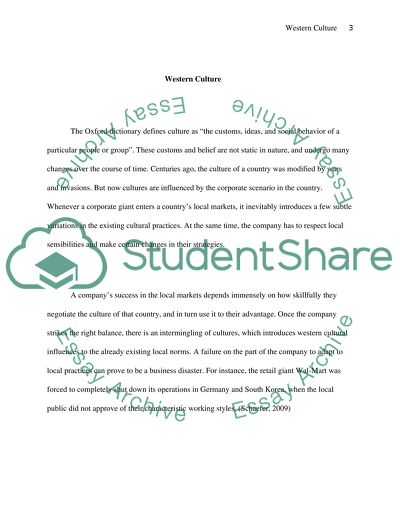Cite this document
(“Western Culture Essay Example | Topics and Well Written Essays - 1500 words”, n.d.)
Retrieved from https://studentshare.org/miscellaneous/1551918-western-culture
Retrieved from https://studentshare.org/miscellaneous/1551918-western-culture
(Western Culture Essay Example | Topics and Well Written Essays - 1500 Words)
https://studentshare.org/miscellaneous/1551918-western-culture.
https://studentshare.org/miscellaneous/1551918-western-culture.
“Western Culture Essay Example | Topics and Well Written Essays - 1500 Words”, n.d. https://studentshare.org/miscellaneous/1551918-western-culture.


